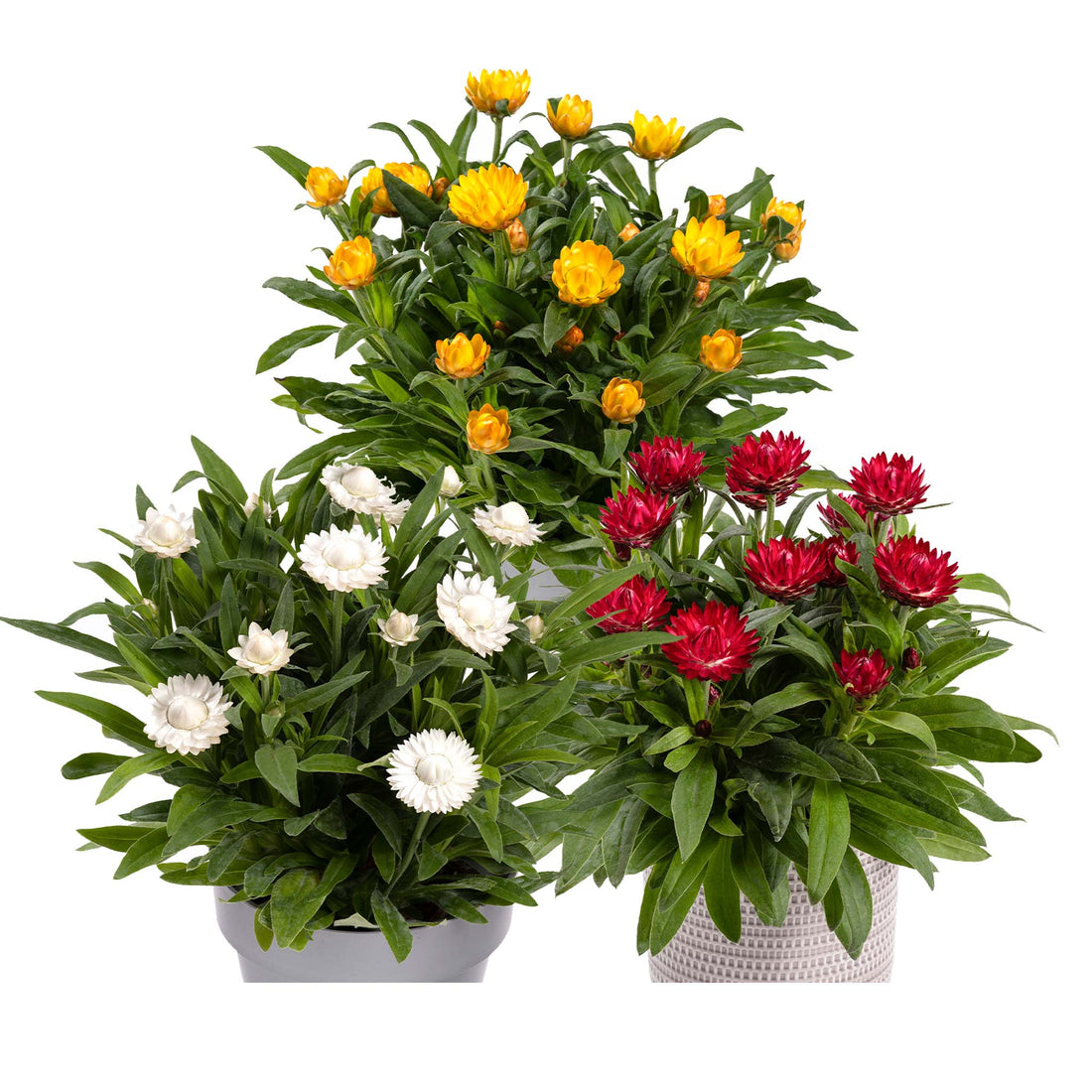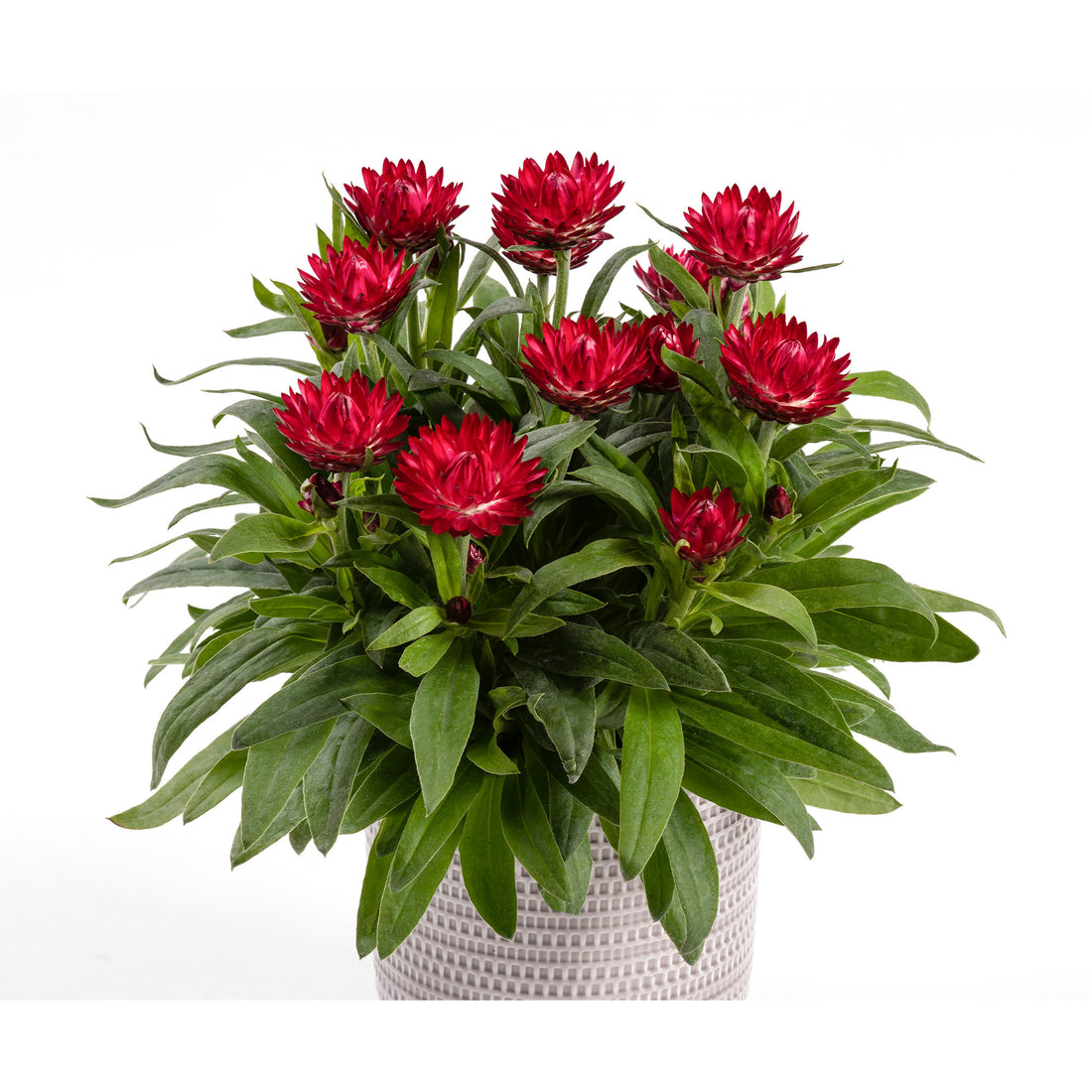Lavender is a classic for a reason. Who can resist the fragrant foliage, along with the beautiful purple, blue or white flowers. In the UK it is one of the stars of the summer flowering, from early summer until early autumn, whether grown in patio pots, window boxes, or in the garden, Lavender bushes add an elegant touch to you summer.
But, even this easy going plant needs a bit of TLC from time to time. If you want to care for you Lavender plants as best you can, you will need to prune them to keep them healthy. But, why do I have to trim my Lavender bushes? Well, without a certain amount of cutting back from time to time, Lavender plants will become woody and leggy. This not only looks a bit sad, but it will also result in fewer flowers.
That is why in todays 5 minute Friday I am showing you exactly how to prune Lavender plants, like we do on the Nursery. You will have your plants healthy and ready to produce loads of lovely blooms, before you know it.
When to cut back Lavender?
The best time to cut back lavender, is just after it has finished flowering. This will vary depending on the year, but will often be late summer and into early autumn in the UK.
The tools you will need to trim Lavender bushes?
This is a simple process, so all you will need is a good sharp pair of pruning shears, or secateurs. Sharp being the operative word. If they are not sharp enough, you can damage the stems, which will can lead to disease.
Top tips for pruning Lavender
Water after pruning: Imagine getting you hair cut on a very hot day, you would be thirsty. When you trim your lavender plant, it is no different. Giving your Lavender a good trim after cutting it back, can really help it bounce back and will help prevent it losing foliage afterwards.
Fertilize lightly: Once the plant has been tidied up, we want to encourage it to put nice new fresh foliage on. Giving your Lavender plant a light feed of a general fertiliser, such as miracle grow, is much like having a protein shake after exercise. It will allow the plant to channel its energy, into producing new foliage and generally staying healthy.
Do not prune to heavily: Lavender does not enjoy being cut back to heavily, this is one of the golden rules of pruning Lavender. Do not prune into “dead wood”. If you do it can kill the plant. When we prune the plant, you need to avoid cutting into the dark woody stems, it may not recover from this.
Technique for cutting back Lavender plants
- Before we start cutting back the plant, remove old flower stems that maybe still on the plant. This is a form of deadhead, and makes sure the plant does not waste valuable energy on sowing seeds.
- The next stage, is to look at your Lavender plant. Cutting into “dead wood” can cause issues for Lavender. This will be towards the base of the plant. The height we want to trim the plant is above this “dead wood” stage. This can be seen on the video.
- Once you have found this height, using a pair of sharp secateurs or pruning scissors, cut through the stem.
- Depending on the size of the plant there may be lots of stems that need cutting or just a few
- Now is the time to take a step back. Remember, whenever you are trimming or pruning a plant, once it is cut off there is no way to put it back on. By taking a step back, it allows you to look at the shape of the plant.
- Shape the plant, slowly work your way around the plant and trim it into your desired shape. This is normally a gently dome shape.
- Now the pruning is done, it is time to clean up all the trimmings, water the plant and give it a light feed of fertiliser.








